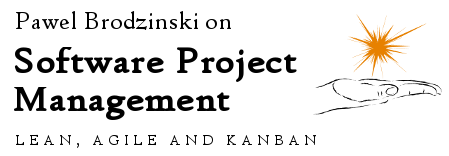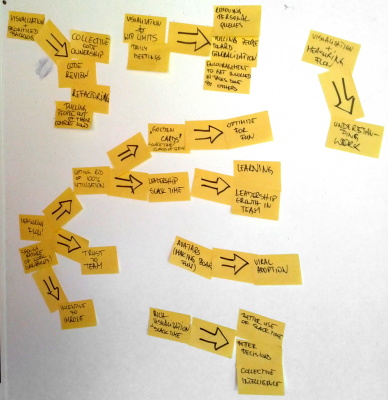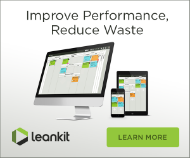One of my favorite and yet most surprising things I learned about Kanban over the years is how it steers change of behavior among mature teams. It shouldn’t be a surprise that at Kanban Leadership Retreat (#klrat) I ended up facilitating a session covering this area.
Those of you familiar with #klrat format would understand me when I say I didn’t have any specific expected outcome of the session. I wanted to start with exchanging stories and see how it goes. Maybe we would be able to observe some patterns of behavioral changes steered by Kanban and learn from that.
Fast forward to what we ended up with. For me it is still work in progress, so will see more on the subject soon. Anyway I pushed my thinking forward in terms of how we can stimulate our teams to improve.
One thing you instantly notice on the picture with the session summary (click to enlarge) is that there despite the fact we were gathering unrelated stories we started building a chain of dependencies. Another observation is how frequently visualization pops up in different examples.
What I believe we will be able to build is sort of a graph showing what kind of behavioral changes can be influenced or even incentivized with adopting specific practices. What more, I don’t want to keep it purely about Kanban. Although at #klrat Kanban context was set by design I’m pretty sure we can, and should, go beyond this context.
A few highlight from the session, basing on stories we’ve shared:
- Visualization combined with WIP limits and daily meetings around the board improve general team-wide knowledge about what’s happening. In short term this influence how people deal everyday tasks, encouraging them to get involved in work done by others, thus removing personal queues. As a result it pulls people toward generalization as they’re involved in many different tasks.
- Visualization and measuring flow improves understanding of work. It makes people to focus on pain points and incentivize them to improve problematic areas. As a result a team takes more responsibility for how the work is done.
- Rich visualization along with slack available to people results in better decisions and better use of slack time. It bases on a notion that rich visualization derives more meaningful data so whenever people decide what to do, especially when they aren’t constrained, e.g. when they’re using slack, improves the quality or potential outcome of these decisions. The final effect is building team’s collective intelligence both in terms of what they do and how they do it.
- Making visualization fun fuels viral adoption of the method. It bases on a fact that people like having fun with tools they use. More fun means more people trying to find out what this cool thing is and how to use it. Eventually you get more people willing to introduce the method and better attitude toward the adoption.
- Measuring flow (again) and understanding and visualizing (again) the nature of work can have impact in a multiple ways: creating incentive to change, building trust to a team and getting rid of 100% utilization. A simple fact that we were able to address so many effects to improved understanding how we work is a strong indicator that we do have problems with that. We might be onto something here.
- Avoiding 100% utilization and slack time, which is generated this way, may be a tool to build leadership among the team (people are free to make decisions on what’s being done) and at the same time can improve fun factor (people can choose to work on fun stuff). In both cases we strengthen our teams and develop people.
By the way: if you add a real story to each of these highlights you may imagine the experience we exposed ourselves to.
In retrospect, one thing that is definitely worth stressing is how little we seem to know about nature of our work. Actually if you think about it, Kanban deals with this issue in a very comprehensive way.
Visualization vastly improves information availability so we know better what is happening. Explicit policies force us to define, or agree on, the way we do work. Without explicit discussions on that we often believe we know how exactly how the work is done even when it’s clearly not true. Then we have flow management with a focus on measures that can change our perception of work highly. It’s a common situation when, being an outsider basing on a handful of simple measures, you can surprise a team showing them specifics of their work.
If that wasn’t enough we get WIP limits that steer changes in the nature of work and give us an important lesson about nature of work in general.
Anyway, leaving tools aside the lesson is to invest more effort to understanding how we work. It will pay off.



 Subscribe RSS feed
Subscribe RSS feed Follow on Twitter
Follow on Twitter Subscribe by email
Subscribe by email



0 comments… add one